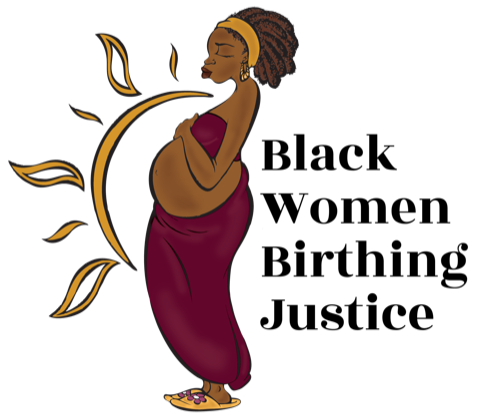Reproductive Justice in Ethiopia
Giving birth is one of the most beautiful, defining moments in the lives of many women. Unfortunately in many developing nations the news of becoming pregnant can be daunting, due to injuries a woman may sustain while birthing her child. The word obstetric fistula is probably foreign to many, especially those individuals who live in industrialized nations. A fistula, otherwise known as vesicovaginal fistula (VVF), occurs when labor is prolonged and a hole is created between the birthing canal and one or more of a woman’s internal organs. Obstetric fistula has a serious negative impact on not only the physical bodies of women, but their mental, and social wellbeing, since it can result in constant leaking of urine as well as social ostracism.
Obstetric fistula has probably existed for as long as women have given birth. According to researchers Luwum Semere and Nawal Nour, fistula “is mentioned in ancient Hindu writings on medicine, and VVF was found in the mummy of Queen Henhenit, the wife of 11th dynasty pharaoh Mentuhotep II, who reigned about 2050 BCE”. Although, VVF was once a worldwide birthing complication, advances in medical technology, infrastructure and cultural practices have resulted in the eradication of fistulas among women in nearly every industrialized nation. However, in the developing world, a combination of lack of resources, inadequate infrastructure, and societal and institutional neglect of women keeps obstetric fistula a reality for too many women.
In Ethiopia, usual candidates for obstetric fistulas are young women who are impoverished, have limited or no formal education, lack access to health care, and overwhelmingly live in rural and/or remote areas. One of the major contributors to obstetric fistula among rural women in Ethiopia, deeply rooted in old traditions and customs, is the marriage of rural girls from the age of 14 years old, although the legal age is 18 years old. However, most rural dwellers follow traditions rather than laws, hence the high prevalence among rural women. Ethiopian women also suffer from one of the highest maternal and neonatal mortality rates in the world, due to a range of socio-economic and political factors, indicating that tradition alone is not to blame for women’s reproductive health challenges. Implementing policies that promote education for young girls, marrying at a later age, and providing adequate infrastructure and health facilities will assist in understanding and eventually alleviating fistulas among rural women dwellers. These policy implications will not only positively benefit rural women, but contribute to the social, economic, and political state of the country. It is evident that a wide range of policy-options are needed in-order to address the complexities of obstetric fistula among women who reside in Ethiopia’s mountainous terrains. Ethiopians, at home and in the diaspora, must band together to not only empower our women, but create a safe environment for all women to deliver their babies.
Unquestionably, there are many issues concerning young girls and women in developing nations such as female genital mutilation, inability to attend school and work, early-child marriages, and lack of control over their sex and reproductive lives. These topics are discussed in the media, conferences, and world summits. However, obstetric fistula and other various childbirth related injuries have been swept under the rug until recently.
Obstetric fistula is unquestionably preventable and in most cases treatable. According to Hamlin Fistula International (2009), “treating fistula has a 90% cure rate”. The Addis Ababa Fistula hospital alone has treated over 30,000 women over a thirty-three year span. Fistulas can be eradicated by delaying childbirth, educating women, providing proper nutrition access to medical facilities, and adequate infrastructure and transportation. As an Ethiopian woman, born in Gedeb, Ethiopia and living in the U. S. I feel particularly connected to women who, like my mother, gave birth in a small hut with only the presence of my grandmother. I’m not sure what the aesthetic of the hut was like because it’s a memory that my mother doesn’t really like to visit often. In 2007, I had the opportunity to visit the very same hut that I was born in, and realized how lucky I am that everything went alright. It wasn’t until I started to learn more about this fistula that I realized what could have happened to my mother. The nearest medical facility was about an hour away. What would have happened if she had needed medical attention? My heart breaks to think about the pain suffered by the hundred thousands of women who suffer from this preventable injury. It is up to all of us to support Ethiopian women who struggle to bring about change in the policies and cultural norms within Ethiopian society that continue to promote and perpetuate the problem.
Hamlin Fistula Hospital in Addis Ababa is the first hospital in the world that exclusively treats fistula. Because of growing need, the hospital now has five regional branches around the entire country. Visit this website to learn more.
Photo credit: Linda Jones Photography
